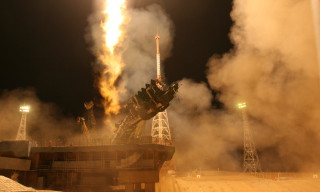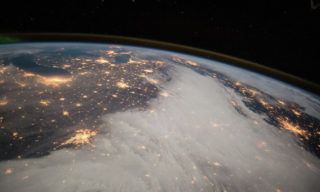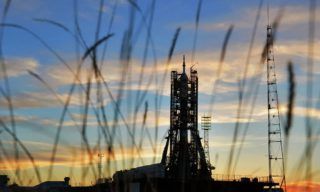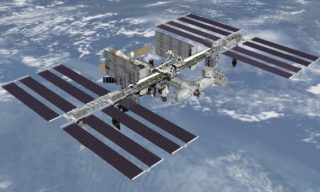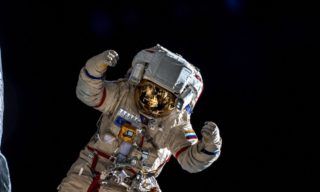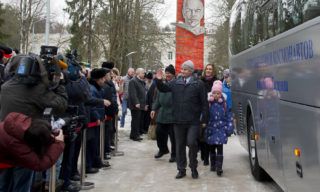A battery has been replaced in the Russian segment of the International Space Station. The work was carried out in the functional-cargo block “Zarya” by three cosmonauts of Roscosmos – Oleg Kononenko, Nikolai Chub, and Alexander Grebenkin, who are now staying in orbit as part of the 71st long-term expedition. In addition, the specialists continued to perform scientific experiments under the programe, in particular, testing the water regeneration system in conditions of microgravity.
As Oleg Kononenko emphasised, the automation of the ISS power supply system is responsible for the operation of nickel-cadmium batteries installed inside the Russian modules. It is it that stabilises such basic parameters of batteries as voltage, temperature, and pressure, detects failures of the device and transmits information about its parameters to the astronauts’ console. Moreover, this system provides electricity to all power consumers on the orbital complex.
It consists of three elements: the primary source of electricity, storage, automatic regulation, and control devices. It is possible to obtain electricity in orbit by employing a solar battery or solar photovoltaic panel. Solar energy is converted into direct electric current by photovoltaic cells – semiconductor devices, Kononenko commented.
The Russian segment of the station is “powered” by frame solar panels with a rigid structure, while the photovoltaic cells are made of silicon. Electricity accumulators are batteries that convert electrical energy into chemical energy. In this form, they store it for a certain amount of time, then convert it back into electricity. “It can be charged from solar panels and discharged to the load when the power of solar panels is not enough,” summarised the commander of the Roscosmos cosmonaut squad.
In addition to replacing the batteries in the Zarya module, the Russian cosmonauts also performed several experiments, one of which was Econ-M on photographing the Earth’s surface. In addition, the participants of the 71st expedition continued to practice 3D technologies in space conditions and to study the reliability of the professional activities of cosmonauts during long space flights. The Separation experiment aimed at testing the system of water regeneration from urine under microgravity conditions was also conducted.





